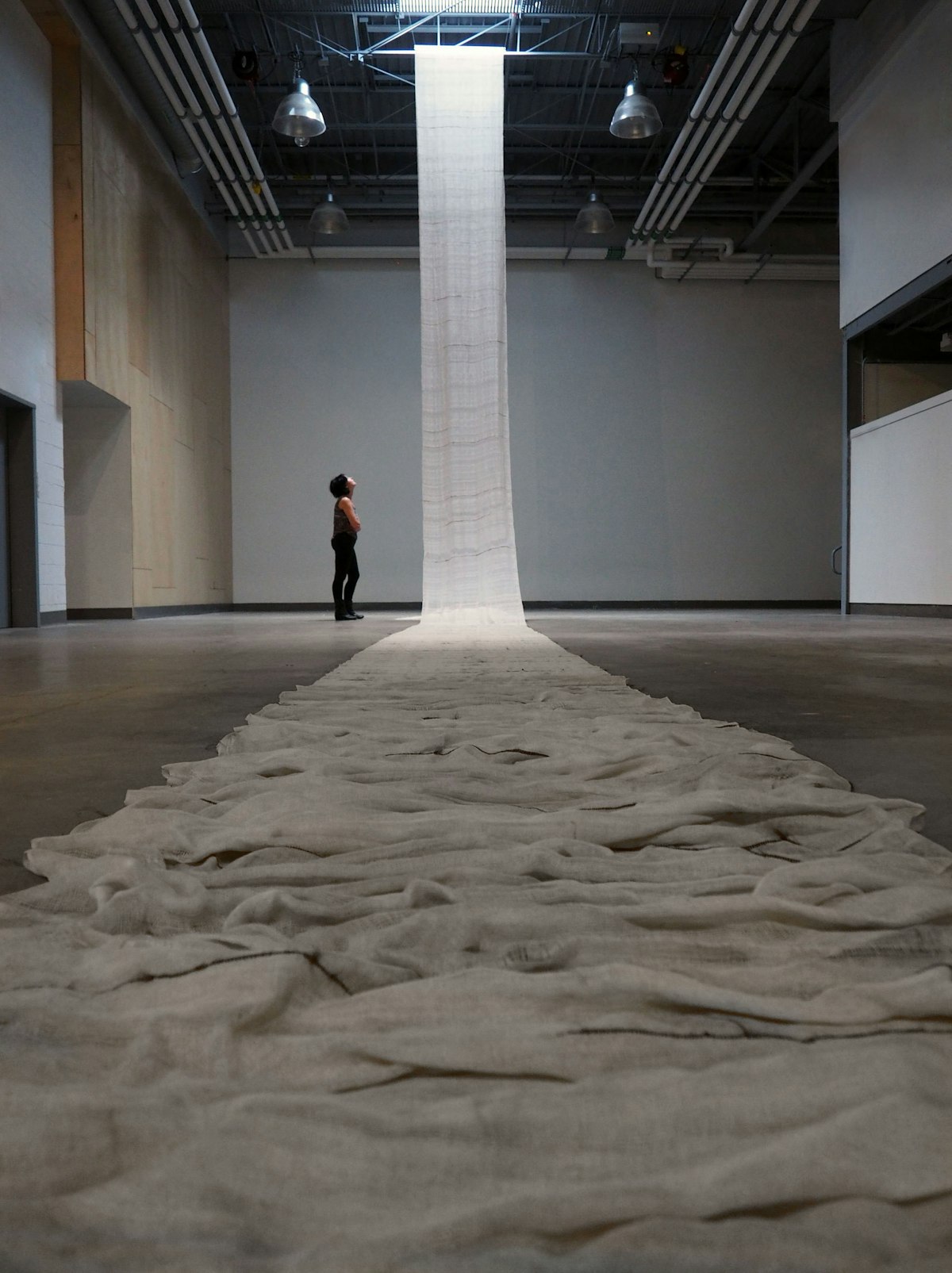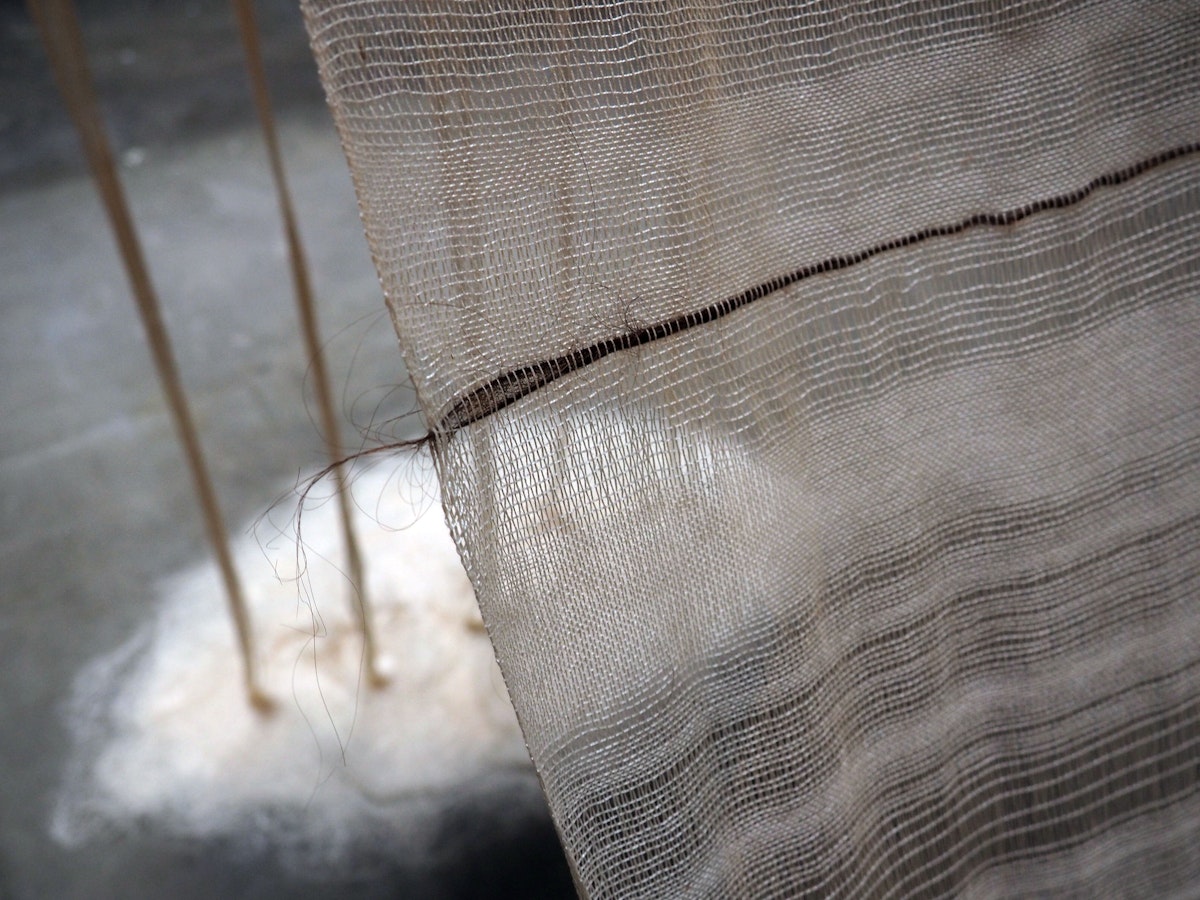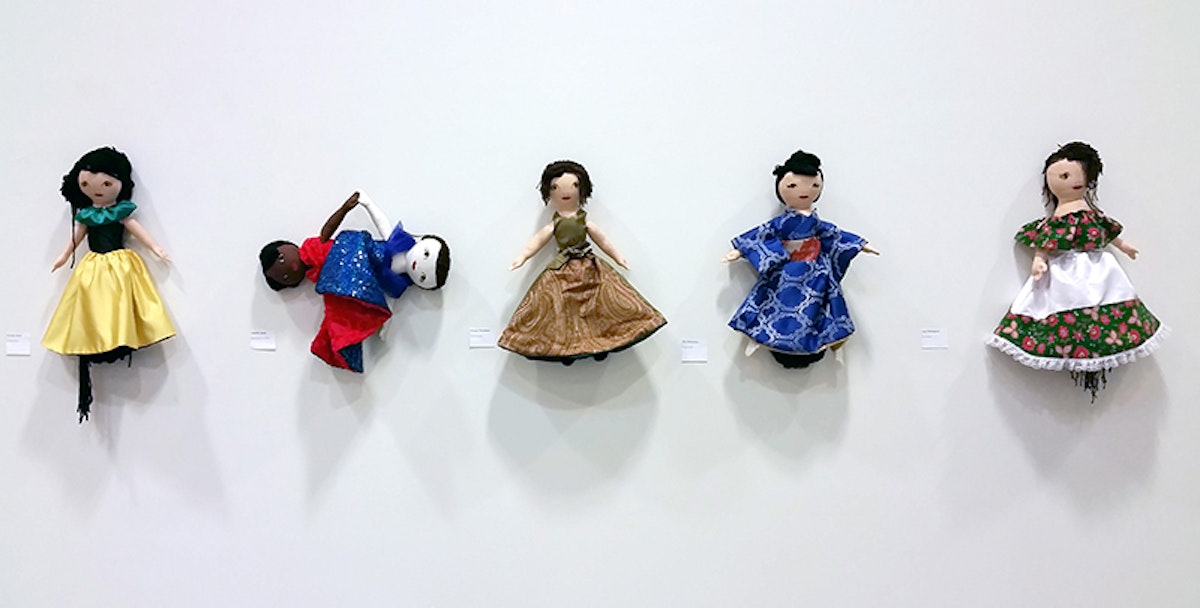Stamps School Shines at CAA
This February 21-24, the Stamps School of Art & Design joins over 1,400 creative practitioners and educators from across the nation for the College Art Association’s 106th annual conference in Los Angeles, California.
Exploring the complexities, challenges, and opportunities of the field, the conference will include more than 300 sessions and 200 meetings and events. Stamps faculty such as Holly Hughes and Sophia Brueckner have given interviews for CAA media efforts in recent months; Stamps School Dean Guna Nadarajan was elected to the CAA board of directors in 2014.
On Wednesday, February 21, Stamps Associate Professor and Undergraduate Program Co-Director Anne Mondro chairs a session entitled “Educating Hybrid Practitioners,” featuring a presentation of the Stamps Curriculum Designer by Stamps Associate Dean for Academic Programs and Professor Elona Van Gent.
Stamps Professor Carol Jacobsen will present “The Art and Politics of Feminist Confrontations with the Criminal-Legal System” on Friday, February 23 as part of a panel entitled “Feminist Art in Response to the State.”
Stamps Associate Professor Roland Graf will present “Play for Desirable Futures: What Emergent Technology and Early Childhood Development Have, or Could Have, in Common” on Saturday, February 24 as part of a session entitled “Speculative Play.”
Lecturer Susan Funkenstein will present “Visualizing Dance in the Third Reich: Gender, Body,... Modernity?” on Saturday, February as part of a session entitled “Modernity, Identity, and Propaganda.”
Additionally, two Stamps graduate students will also be honored at the 2018 CAA conference: Brenna K. Murphy (MFA ‘18) and Stephanie Brown (MFA ‘18).
Brenna K. Murphy was awarded the 2018 CAA Professional Development Fellowship, a program that supports promising artists, designers, craftspersons, historians, curators, and critics who are enrolled in MFA, PhD, and other terminal degree programs nationwide. Fellows are honored with $10,000 grants — without contingencies — to help them with various aspects of their work, whether it be for job-search expenses or purchasing materials for the studio. On the honor, Murphy said: “I am absolutely thrilled to receive this award, and am very much looking forward to attending the conference in LA.”

Murphy’s proposal for the fellowship detailed her exploration of grief and its deep relationship to the act of making. In a series entitled Grief Work, Murphy was inspired by personal experiences of loss to create a 100-foot woven burial shroud that included strands of hair from the artist’s own head. The series also included a grave-shaped woven sculpture made with a deceased loved one's clothes. "As we are in physical contact with cloth our entire lives - swaddled at birth, covered by clothing, and shrouded upon death - textiles poignantly embody our life cycle," Murphy said of the series. "In my work, I employ this idea as well as the labor-intensive processes inherent to the creation of textiles to express my experience of loss and do the arduous work of grief."

Stephanie Brown was invited to exhibit her work at ArtExchange, CAA's unique pop-up exhibition and annual meet-up for artists and curators. This social event provides an opportunity for artists to share their work and build affinities with other artists, historians, curators, and cultural workers. For her ArtExchange exhibition, Brown will present a series of interactive works that invite discourse on skin color bias and black representation: a topsy-turvy doll, “Do Not Bleach” shirts, and a parody tanning product entitled Mulatto. “My work aims to put viewers in experiential situations that engage with racial discrimination, skin color bias, and recreate the perspective of your so-called “average” person of color,” Brown states. “By embracing moments of discomfort, I confront the hard questions in order to present them to my viewers and spark a discourse that can reach broader communities.”

For almost a century, the College Art Association has been advancing the history, interpretation, and practice of the visual arts, vigorously supporting the rights of visual artists and art historians, exploring opportunities for new directions, and responding to new needs and concerns. Of the 2018 Stamps School participation, Dean Guna Nadarajan states: “I am proud of the Stamps School community for sharing their expertise and engaging in deeper issues around creative practice and education. Together, we are helping to shape the next generation of culture makers through critical conversations today.”